 December 2023
December 2023Zofinger Luft (choice)
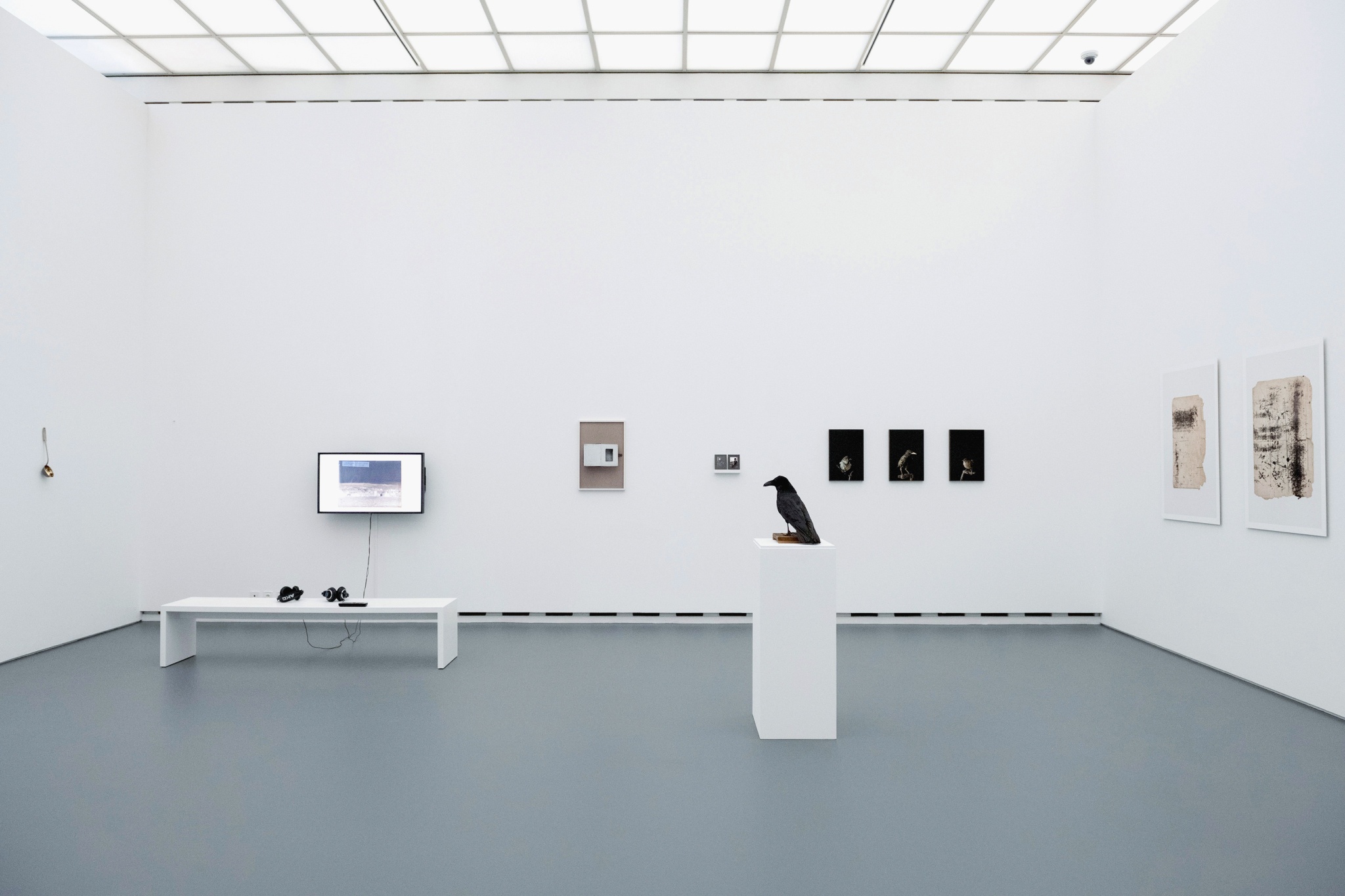
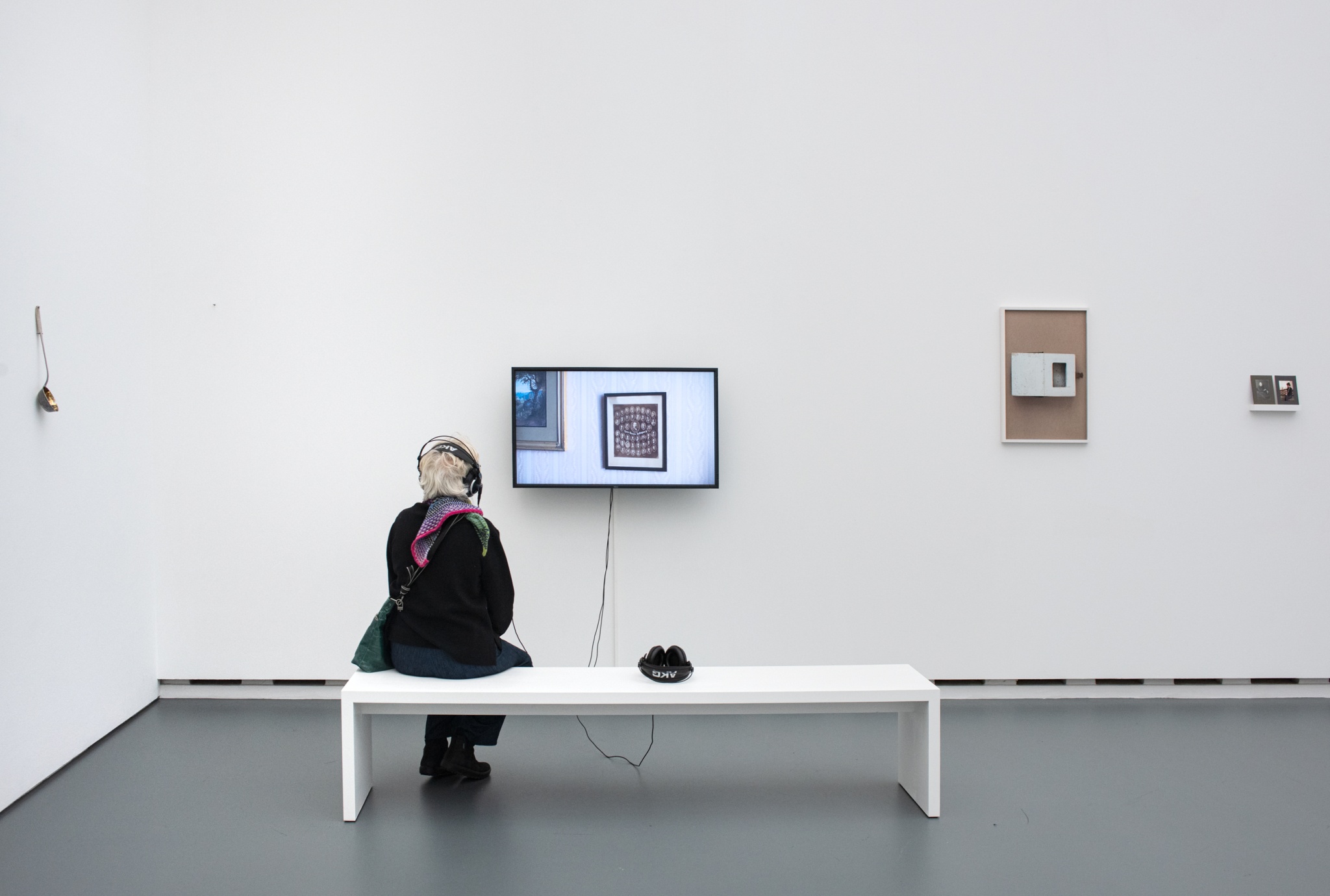






Exhibition view, Zofinger Luft, in the group exhibition, Mindmapping Art, Kunsthaus, Zofingen, 2023, Photo: Caroline Minjolles
Exhibition view, Zofinger Luft, in the group exhibition, Mindmapping Art, Kunsthaus, Zofingen, 2023
<p>Detail view, <em>Zofinger Luft</em>, in the group exhibition, Mindmapping Art, Kunsthaus, Zofingen, 2023</p>
Exhibition view, Zofinger Luft, in the group exhibition, Mindmapping Art, Kunsthaus, Zofingen, 2023
Detail view, Zofinger Luft, in the group exhibition, Mindmapping Art, Kunsthaus, Zofingen, 2023
Video still, Zofinger Luft 1878 - 1892, in the group exhibition, Mindmapping Art, Kunsthaus, Zofingen, 2023
Video still, Zofinger Luft 1878 - 1892, in the group exhibition, Mindmapping Art, Kunsthaus, Zofingen, 2023
Video still, Zofinger Luft 1878 - 1892, in the group exhibition, Mindmapping Art, Kunsthaus, Zofingen, 2023
8 x Fotografien: Inkjetdruck auf Innovapapier, 118 x 80 cm, 60 x 40 cm, 87 x 60 cm, 45 x 30 cm, 15 x 10.8 cm
1 x Video: HD 16:9, 1920 x 1080, Farbe, 9:52, Ton
1 x Silberner Suppenlöffel
1 x Ausgestopfter Rabe
Für die "Auswahl 23" im Aargauer Kunsthaus habe ich einen Teil meiner mehrteiligen Arbeit ZOFINGER LUFT ausgestellt, welche im Frühling 2023 in der Gruppenausstellung “Mindmapping Art” im Kunsthaus Zofingen gezeigt wurde.
In dieser Arbeit recherchiere ich zu meiner Urgrossmutter Clara Bollag und deren Familie, im Zusammenhang mit der Ortsgeschichte Zofingens. Clara Bollag hatte seit ihrer Geburt 1884 in Zofingen gelebt, bevor sie 1904 zum Ursprungsort ihrer Familie, nach Endingen zog. Auf den Spuren meiner Urgrossmutter besuchte ich das Museum Zofingen, die Bibliothek und das Stadtarchiv Zofingens, recherchierte im Archiv des Turnvereins Zofingens, führte Gespräche mit Bewohner*innen und suchte nach Spuren meiner jüdischen Vorfahren.
Das Resultat dieser Recherche ist eine mehrteilige Installation, welche sich aus Fotografien, einem Video, persönlichen Objekten aus dem Nachlass meiner Familie, sowie Fundstücke aus dem Musuem Zofingens zusammensetzt.
 February 2020
February 2020The Sounds of the City
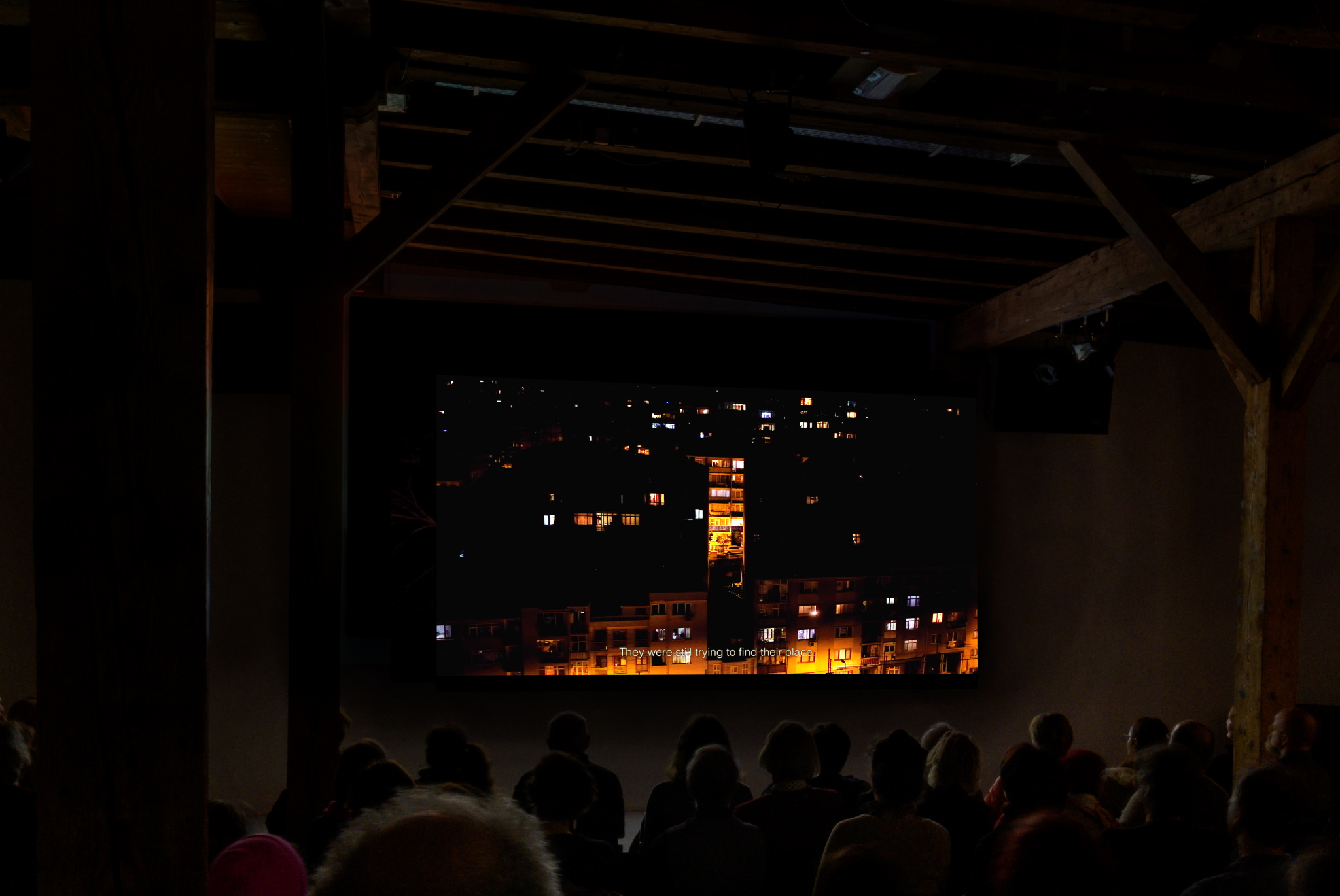
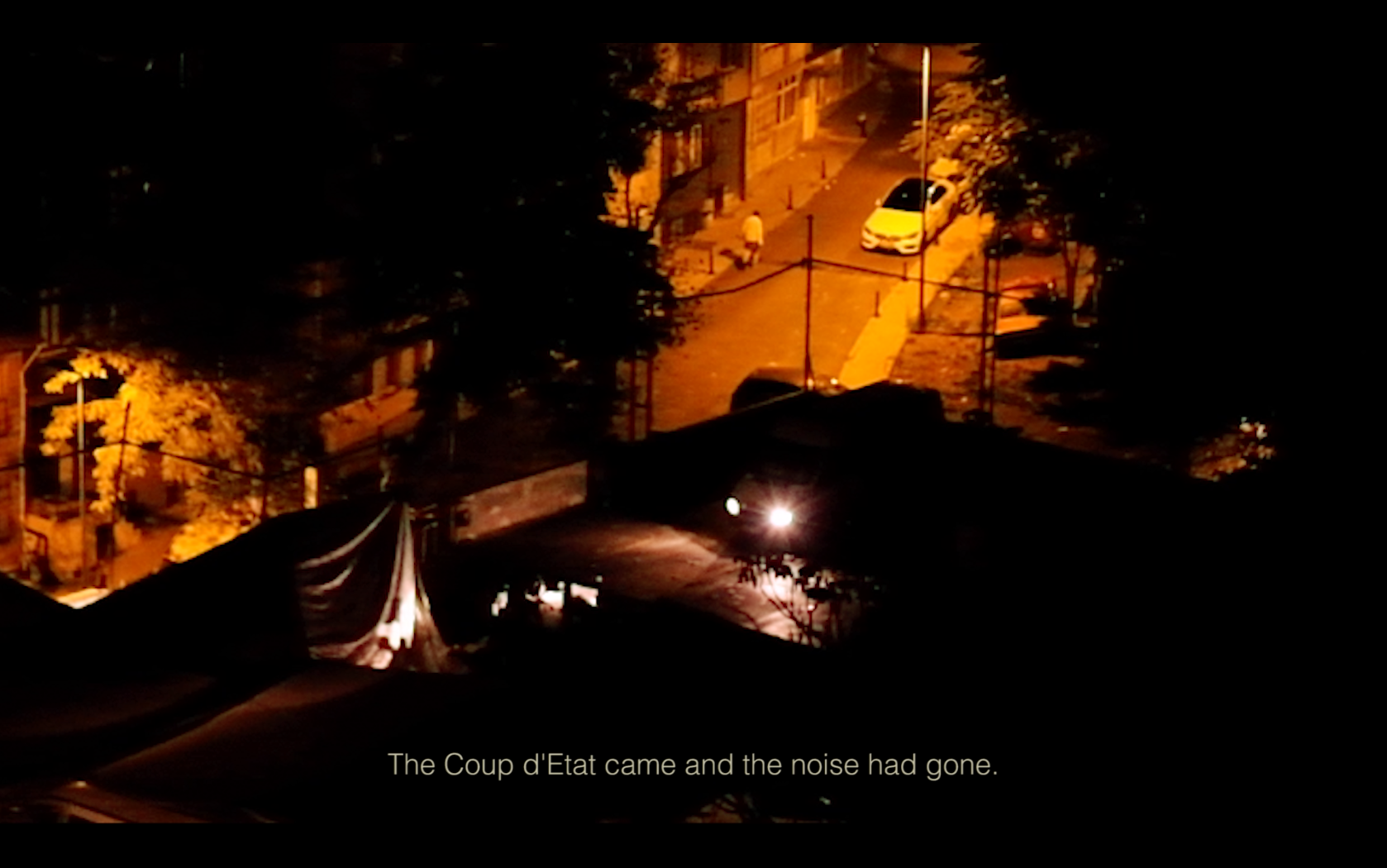

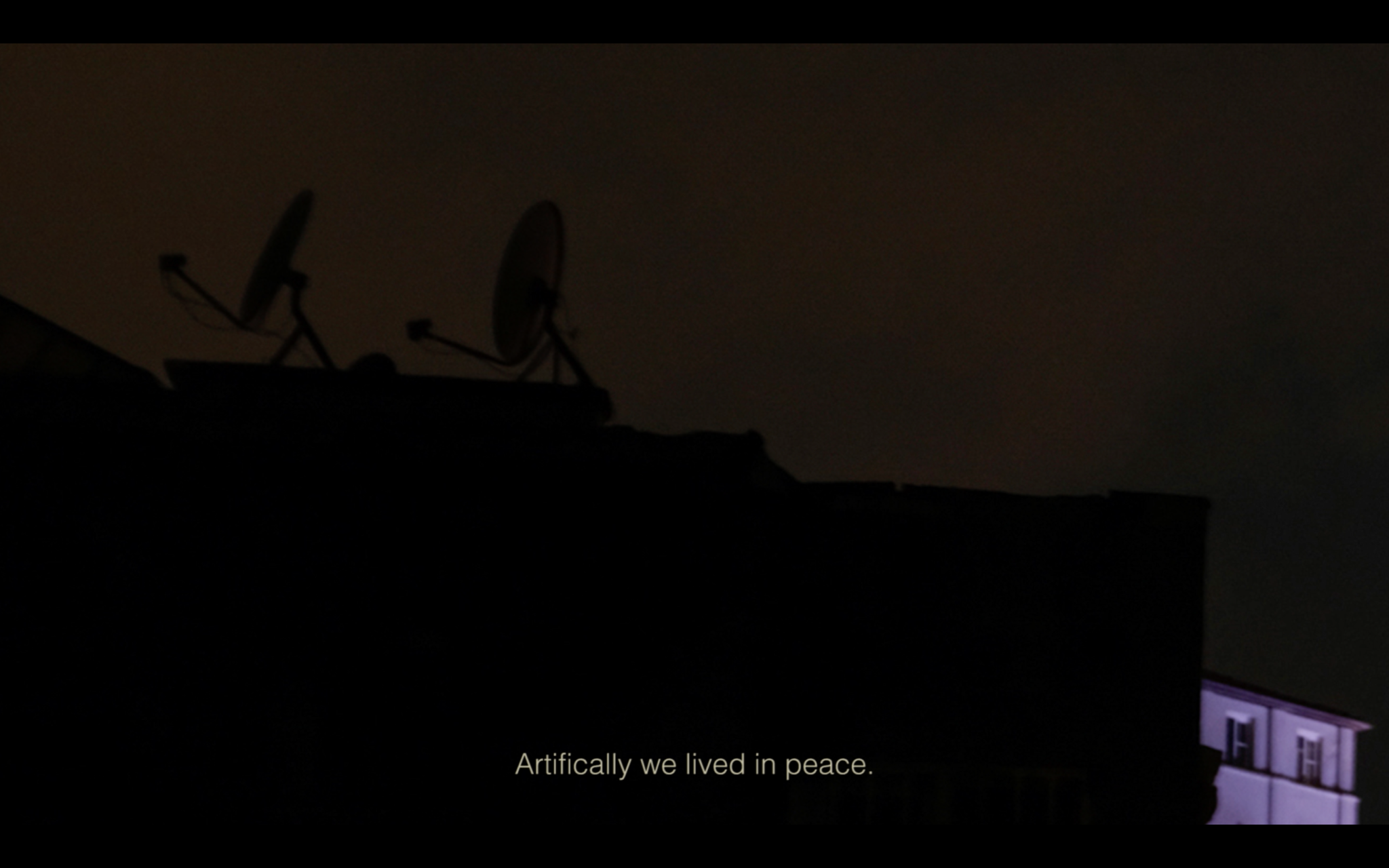
The Sounds of the City, in the Video Art Screening: Urban Stories, Walcheturm Zurich, 2020, Foto: Lee Li I Photography
Video still, The Sound of the City, 2019
Video still, The Sound of the City, 2019
Video still, The Sound of the City, 2019
Video projection, HD 16:9, time 3‘ 23“, colour, sound
The Sounds of the City shows a large view of a city at night in a darkened room, accompanied by city sounds. From the off, an anonymized person describes how this city has been changing acoustically for forty years - a tonal parable from polyphony to cacaphony.
 September 2017
September 2017Vergessen und Erinnern // Forgotten and remembering

Exhibition view, Vergessen und Erinnern in the group exhibition, Werkschau 2017, Fachstelle Kultur Kanton Zürich, Museum Haus Konstruktiv, Foto: Conradin Frei, Zürich
Part of the video, Vergessen und Erinnern, HD 16:9
Vergessen und Erinnern // Forgotten and remembering (version 3, 2017)
Photo projection, HD 16:9, time 7' 56", colour, sound
When Françoise Caraco reminisces about her year in Paris, she says: ‘I’m homesick for the city in which I spent a year feeling like a stranger.’ A series of 80 shots are projected and commented with an offstage voice. In the first person Caraco talks about Paris, which for her remains a place she stayed in temporarily, comments on spontaneous impressions and juxtaposes singular moments with general situations: ‘My studio in the sunshine; actually in rained all summer long’, or adds tersely, ‘Some photos I quite simply like.’
Altogether there are 1900 photos, taken ‘lightly and quickly’ with a Smartphone. The resulting effect is that not each and every shot is a remembrance – not the place, not the mood, not one’s own presence there. It is equally a well-known effect that sifting through photos evokes other emotions than those felt when and where they were taken. Photographing appropriates the exotic, supplemented with one’s own memories becomes transiently part of oneself, and is ultimately mirrored in the work realised by Françoise Caraco under the title "Vergessen und Erinnern".
Text: Ruth Horak
 June 2017
June 2017Der Kaufmann Caraco
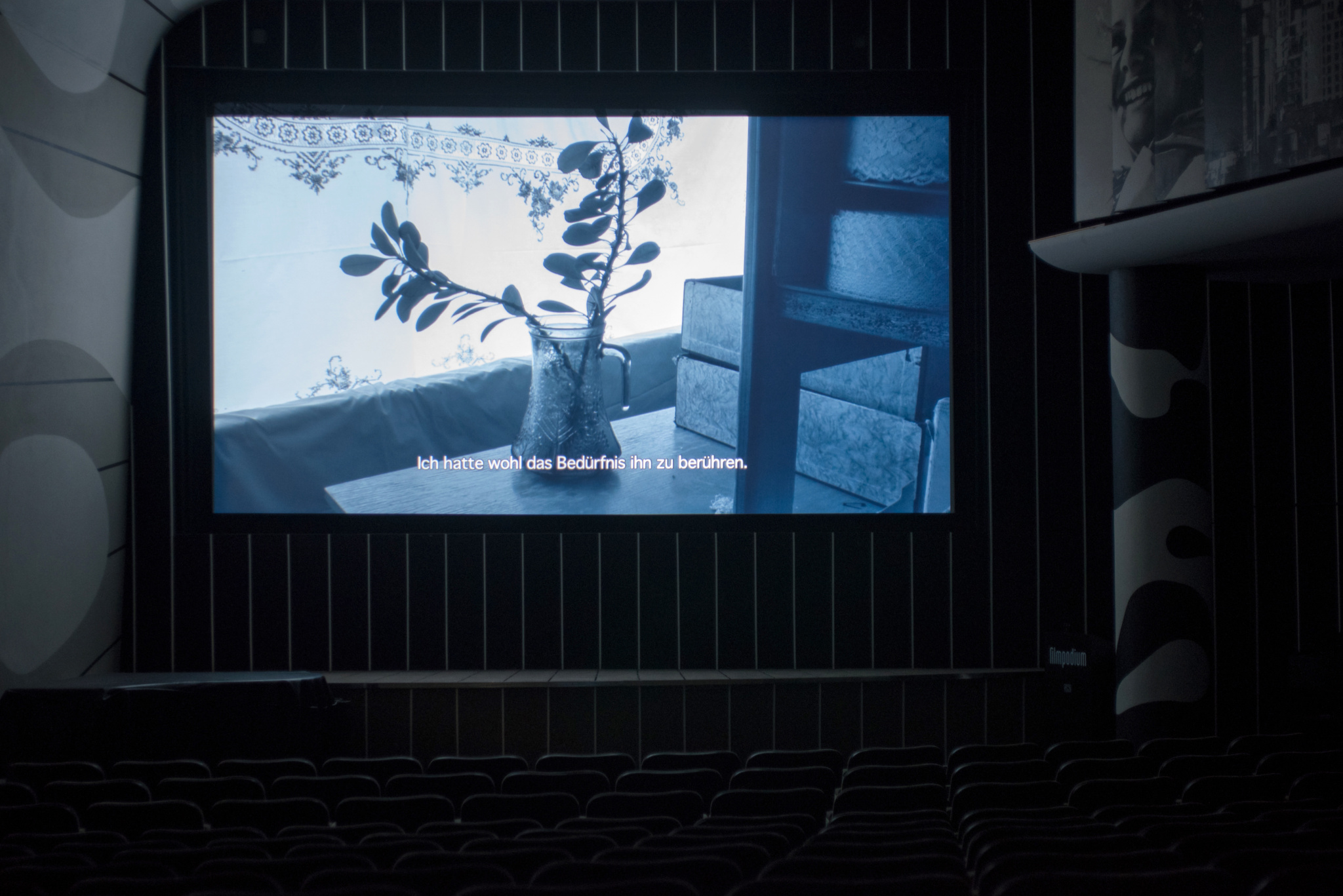
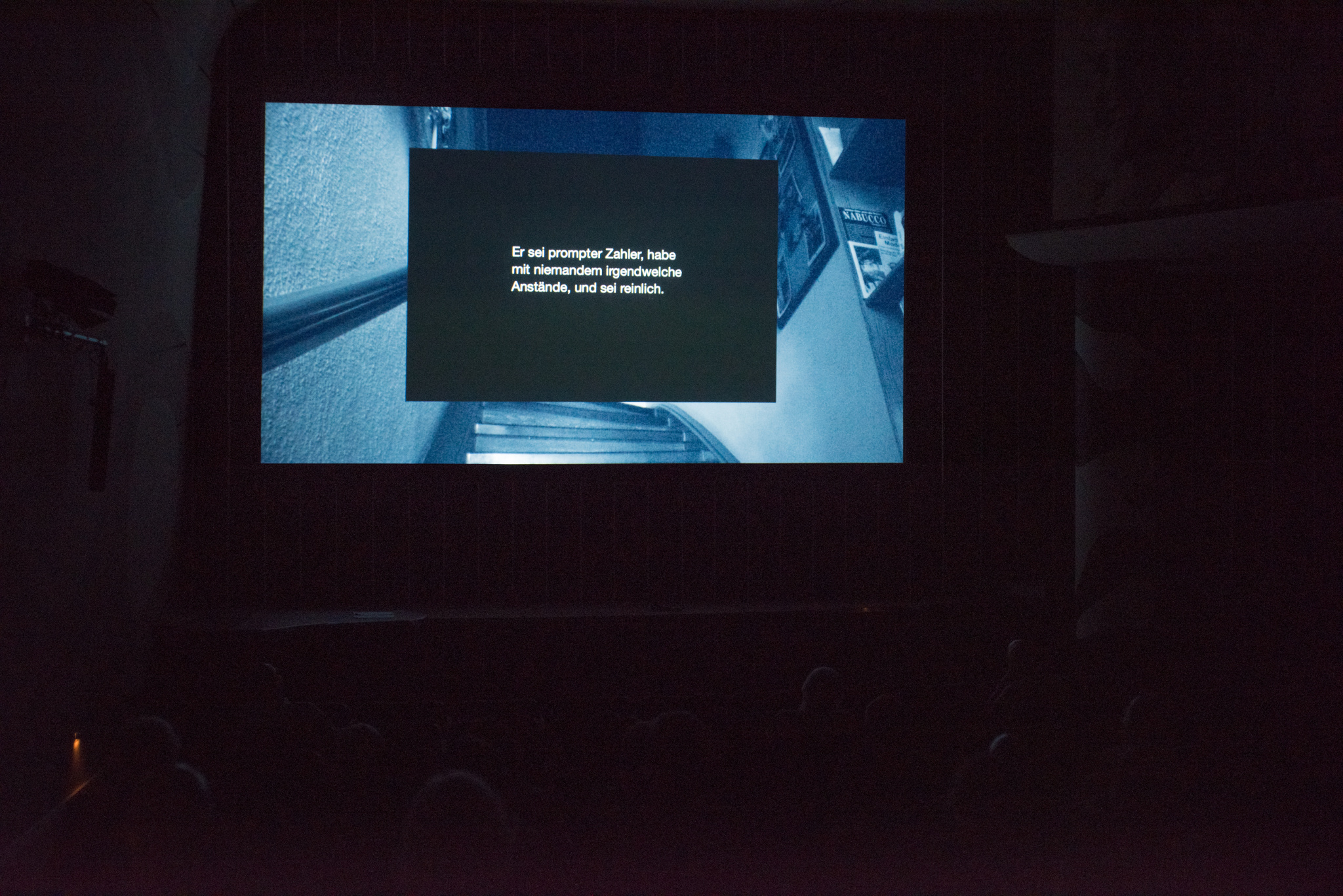
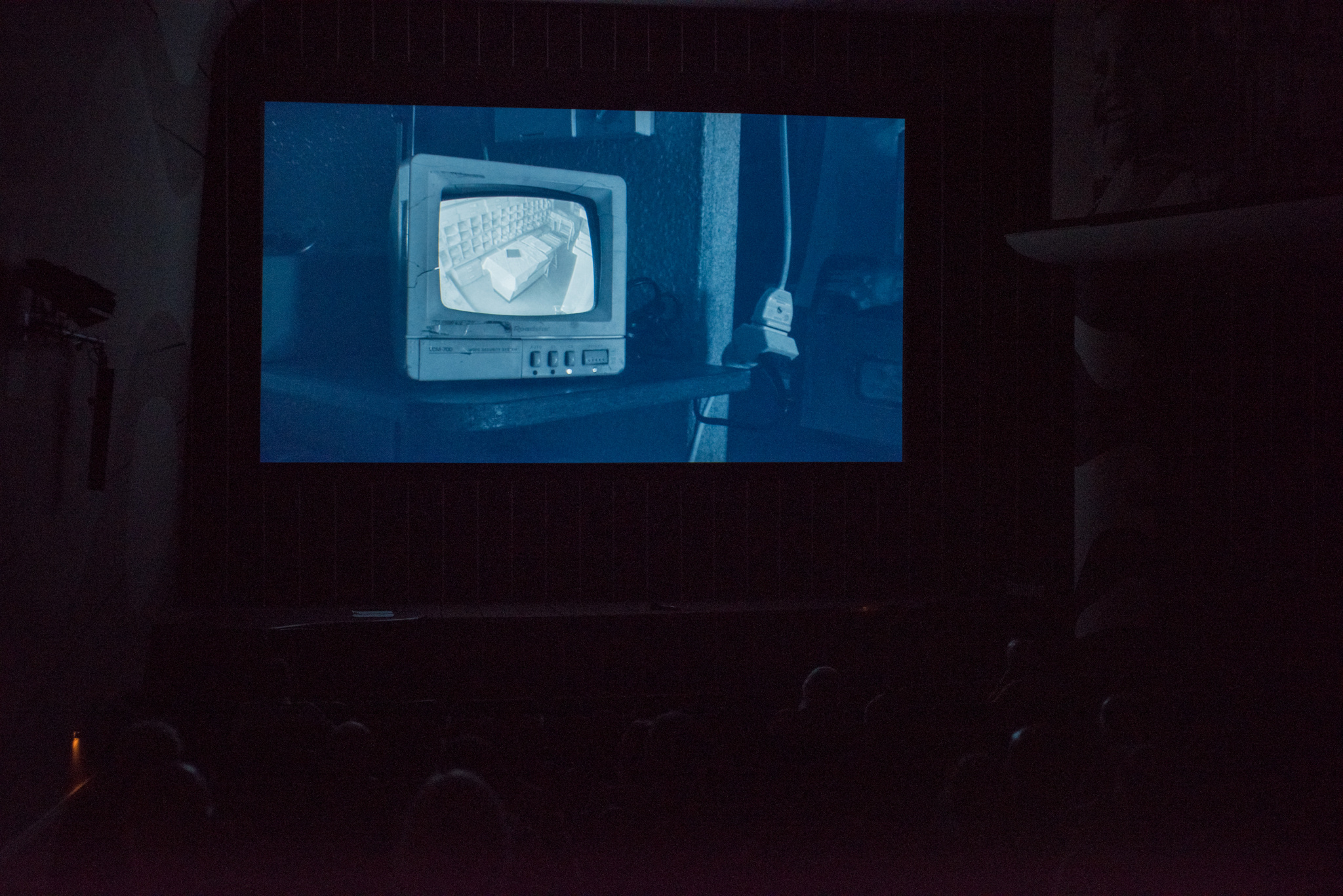
Der Kaufmann Caraco, 2017, Filmpodium Zürich 2017
Der Kaufmann Caraco, 2017, Filmpodium Zürich 2017
Der Kaufmann Caraco, 2017, Filmpodium Zürich 2017
Sequence video, Der Kaufmann Caraco, 2017
Der Kaufmann Caraco (2017)
Video projection, HD 16:9, time 10‘ 48“, loop, colour, b/w, sound
Der Kaufmann Caraco is a brief cinematic approach by the artist Françoise Caraco to the almost forgotten top dealer Abraham Caraco on Rennweg in Zurich. The existence of the man who was her great-grandson is schematically traced in the video, with the voice of the secondary character of the same name in Kurt Frühs film Hinter den sieben Gleisen, in an interview with an employee of the top dealer who has since died, with the wording of Abraham Caraco‘s Zurich naturalization file.
 September 2015
September 2015Drancy, mémoires à vif // Drancy, Memories of Lives


Exhibitionview, Drancy, mémoires à vif in the group show Werkschau 2015, Fachstelle Kultur Kanton Zürich, Museum Haus Konstruktiv, Foto: Conradin Frei, Zürich
Exhibitionview, Drancy, mémoires à vif in the group show Werkschau 2015, Fachstelle Kultur Kanton Zürich, Museum Haus Konstruktiv, Foto: Conradin Frei, Zürich
Ausschnitt Video, Drancy, mémoires, à vif
Drancy, mémoires à vif // Drancy, Memories of Lives (2015)
Video, HD 16:9, time 13' 44'', colour, audio
For a number of years Françoise Caraco has occupied herself with her family history in her work. As a descendant of an immigrant Jewish family to Basel at the beginning of the nineteen-hundreds, like many others her history has been marked by the Holocaust that cost a number of her relatives their lives. As an artist, Françoise is interested in the entanglement of personal stories, imaginary tales and collective historical awareness. In her current work, like many other descendents of Jewish families, she traces the imprints of her origins. Letters, photographs, stories and documents lead her to the Drancy internment camp outside Paris, which nearly all French Jews passed through prior to their deportation.
The unique systematization of the genocide – the inescapable net of the bureaucratic rationale of the persecution of the Jews – is crudely mirrored in the rational modernism of the housing project (Cité de la Muette), which even prior to the defeat of France had been converted into a prison. Used as an internment campy by the Vichy government, the complex not only has an architecture-historical importance but houses residents again and is presently undergoing rebuilding to return it to its original function as social housing. Over the course of decades various memorials have been installed in front of the courtyard of the U-shaped building complex, the last being a deportation railway freight carriage donated by the French railway company.
As recently as 2012 François Hollande officiated at the inauguration of a lavishly laid-out Shoah Memorial Centre opposite the site. The new building for the project was financed with monies from the unclaimed assets of Holocaust victims.
Walking around the courtyard behind the deportation carriage, now echoing with everyday life, it requires a considerable leap of imagination to be able to picture the scenes that once took place here. Realities, times clash. The residential building complex is not accessible. In Françoise Caraco’s eyes it is the run-down park at the end of the courtyard where the mood of the place is best captured. The stretch of green is barely used, looks untended, as if pervaded by a strange sense of bodily trepidation, shame. Even in the moment of one’s own physical presence there, the experience is dominated by the templates of received narratives, or equally the pre-configured perceptions formed by historical photos that permanently transmit themselves, filtered through vague insights into the history of one’s own predecessors and the notions derived from them. As the video work shows, this mediation results in still and personal reflection coupled with a gazing around the scene. An ‘active commemoration’ that distils one of the effects of the Holocaust for the descendents: a paranoid whispering – an everywhere out there whispering – soliloquy; a glance answered by the world with forbidding; a cultural unease. With her work Françoise the artist finds a stable form for this snare-like shadow on reality. She spent a year, together with her family, researching the project in Paris, where under the Nuremberg Laws she would likewise have been persecuted and deported.
Text: Oliver Caraco
 June 2014
June 2014Der Betteltag im Turtmanntal
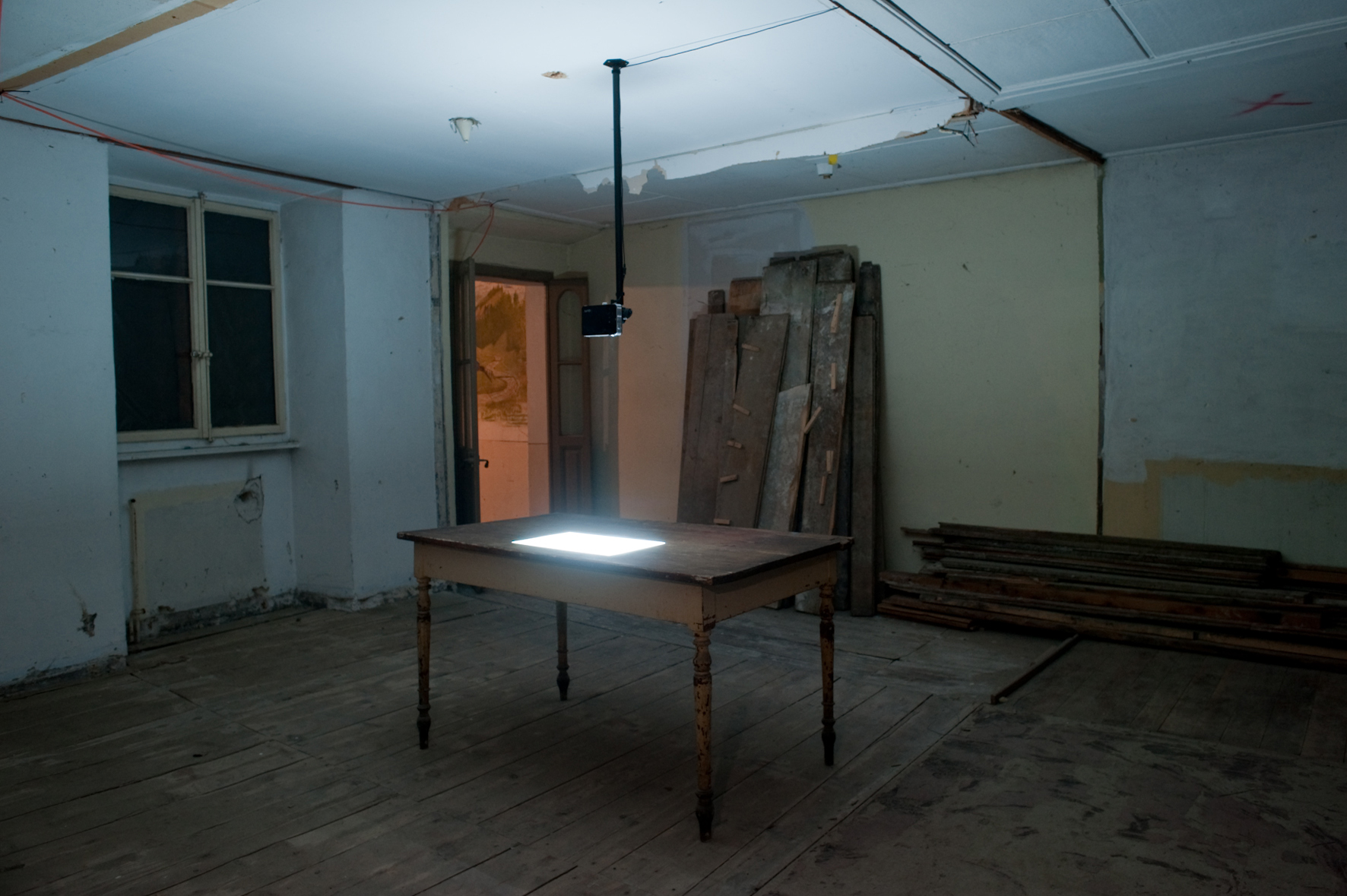
Ausstellungsansicht, Der Betteltag im Turtmanntal, Turtmann, 2014
Part of the video, Der Betteltag im Turtmanntal, 2014
Der Betteltag im Turtmanntal, (2014)
Video HD 16:9, Zeitdauer 6‘ 57‘‘, s/w, Ton
Jährlich am 26. August haben die Bettler aus der Umgebung von Turtmann den langen Weg unter die Füsse genommen, um auf der Alp in Gruben/ Meiden ein Käsestück gespendet zu erhalten.
Im Video Der Betteltag, arrangiert Françoise Caraco Fragmente von Zeugenaussagen und historischen Einträgen als Monolog, entlang einer Fotostrecke. Diese zeigt Detailansichten aus alten Fotografien zum Brauch des Betteltags, aus dem online-Archiv der Mediathek Wallis.
Über Detailaufnahmen rückt das Aufgebot des Bettelvolks ins Zentrum, dabei wirken die Aufnahmen verpixelt, ein verstärktes Bild entsteht, von Menschen am Rand der Gesellschaft, bevor diese mit Einzug der Moderne von der Bildfläche verschwunden scheinen.
 November 2011
November 2011Selfportrait As Bait, Une Appropriation

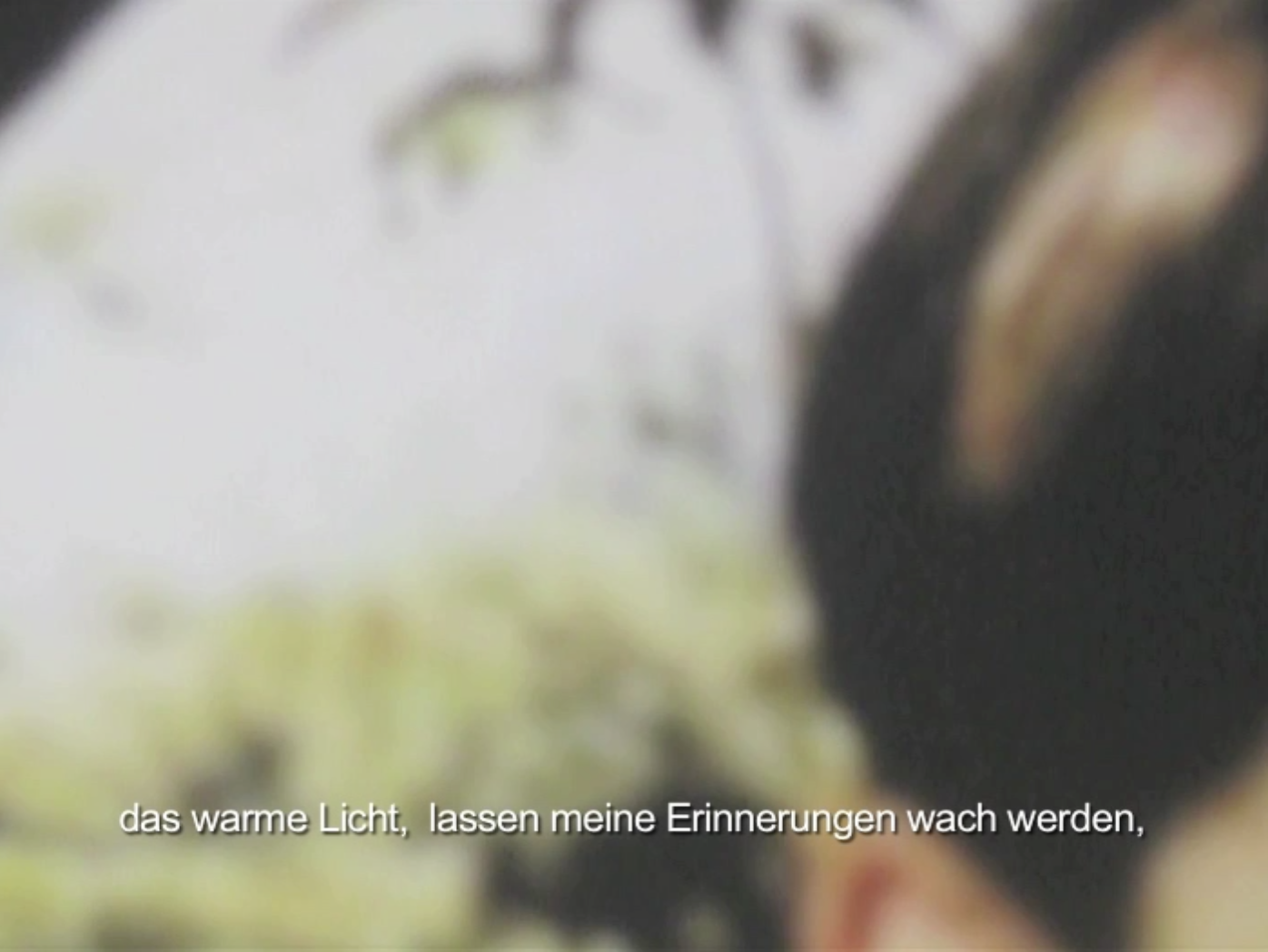
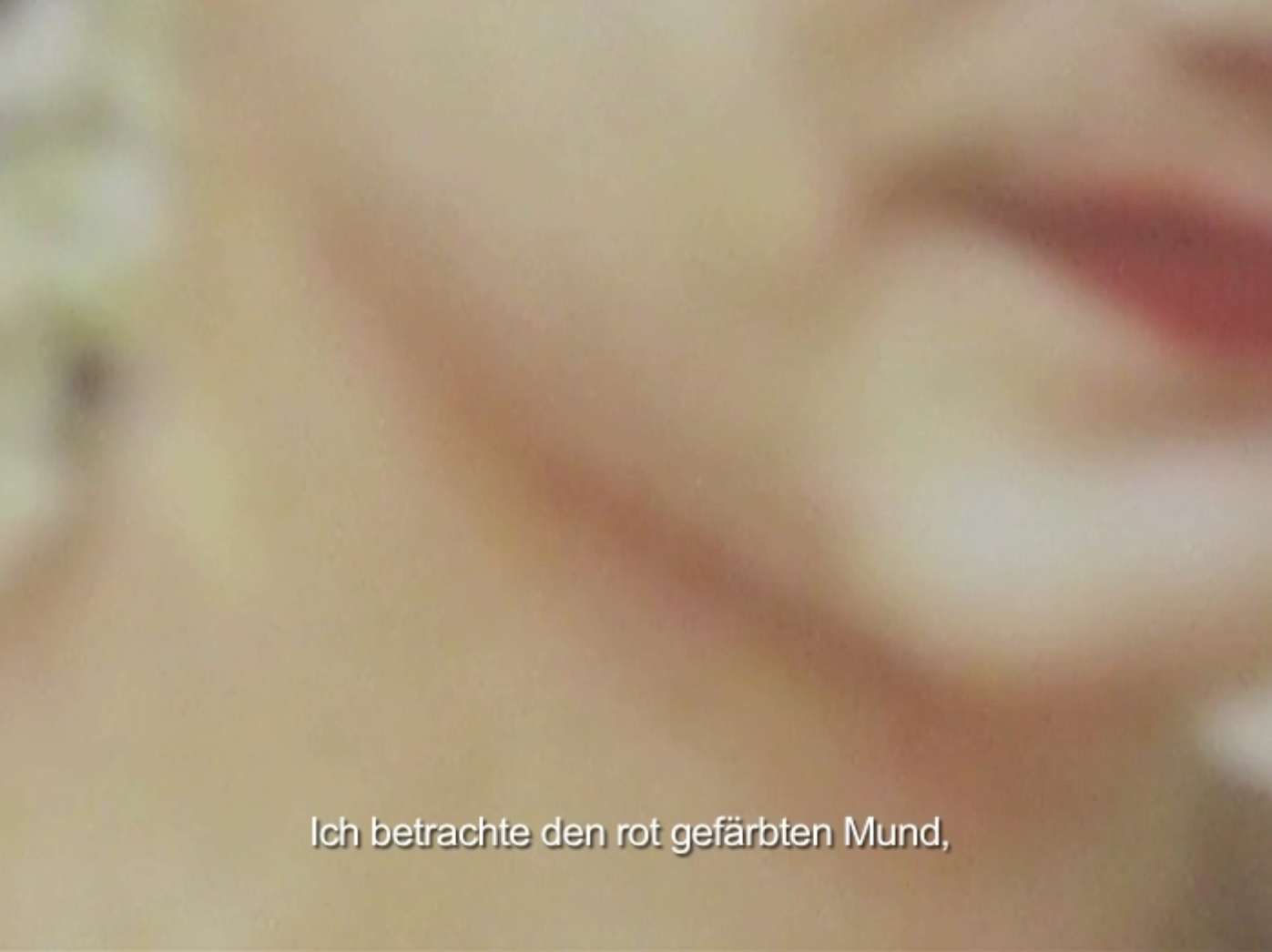
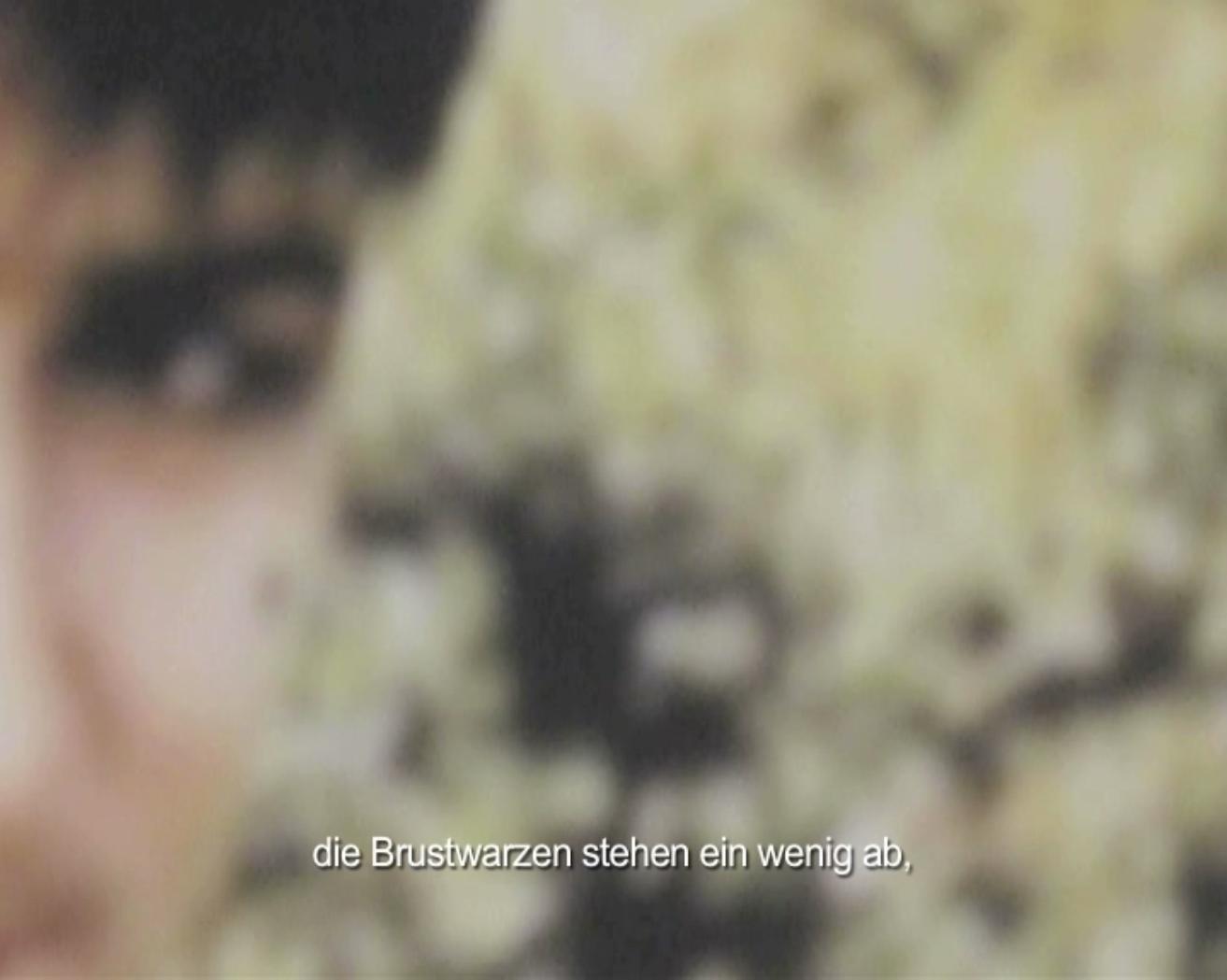
Ausschnitt Video: Selfportrait as Bait - Une Appropriation, DV 4:3, 3:03 min, Off-Stimme
Selfportrait as Bait, Une appropriation, (2011)
Videoprojektion, (1 Kanal, farbig, Off-Stimme, Sprache: frz. Untertitel: dt.)
DV 4:3, 3:11 min., Sprecherin: Françoise Caraco
Françoise Caraco beschäftigt sich in ihrer neuen Videoarbeit Selbstportrait as Bait – Une appropriation mit den Fragen nach dem individuellen Subjektivierungsprozess und der Identitätsbildung, die Voraussetzungen für die Zugehörigkeit zu einer Gemeinschaft sind. In dem 3-minütigen Video verknüpft Caraco autobiografische Erinnerungen aus ihrer Jugendzeit mit gefilmten Teilansichten einer Fotografie von Collier Schorr, auf der ein Junge mit rot gefärbten Lippen, schwarz geschminkten Augen und nacktem, gebräuntem Oberkörper zu sehen ist. Während die langsamen und suchenden Bewegungen der Kamera ein Detail nach dem anderen aus der Unschärfe ins Licht bringen, ohne je das Motiv in seiner Ganzheit zu zeigen, erzählt die Stimme der Künstlerin in gebrochenem Französisch aus dem Off das Erlebnis einer kurzfristigen Identifikation mit der Figur auf dem Foto. Aus der Wechselwirkung von Videoaufnahmen und Erzählung erzeugt Caraco eine subtile Topografie, welche die Gefühle und die Unsicherheit einer Zwölfjährigen in ihrem Entwicklungsprozess mit Feinfühligkeit und Präzision darstellt. Das im Titel der Arbeit schon erwähnte Thema der Aneignung wird hier in Zusammenhang mit der Suche nach Identität gebracht. Für die amerikanische Künstlerin und Modefotografin Collier Schorr, die als Expertin popkultureller Performances von Identität gilt, ist nämlich Identität immer etwas Geliehenes, das man sich aneignen und wie bei einem Auftritt in Szene setzen kann. Indem Caraco ein Bild von Schorr als Ausgangspunkt für ihre Arbeit auswählt, scheint sie die Haltung der Fotografin nicht nur zu teilen, sondern diese auch als Methode für die Herstellung eines eigenen Selbstportraits anzuwenden. Die Frage, ob sich die Künstlerin durch diese Abbildung zeigt oder ob sie sich eher versteckt, bleibt aber offen.
Text: Irene Grillo, 2012
 June 2011
June 2011The Group Photo (version 1)
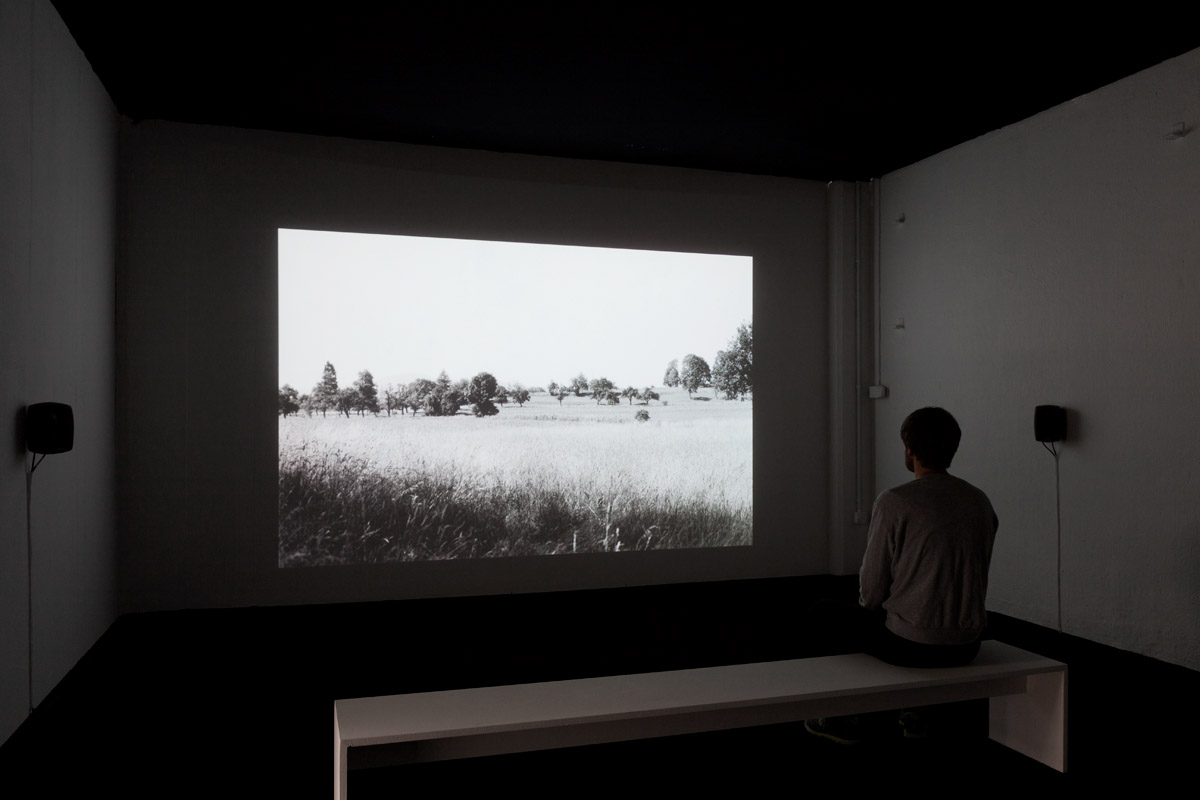
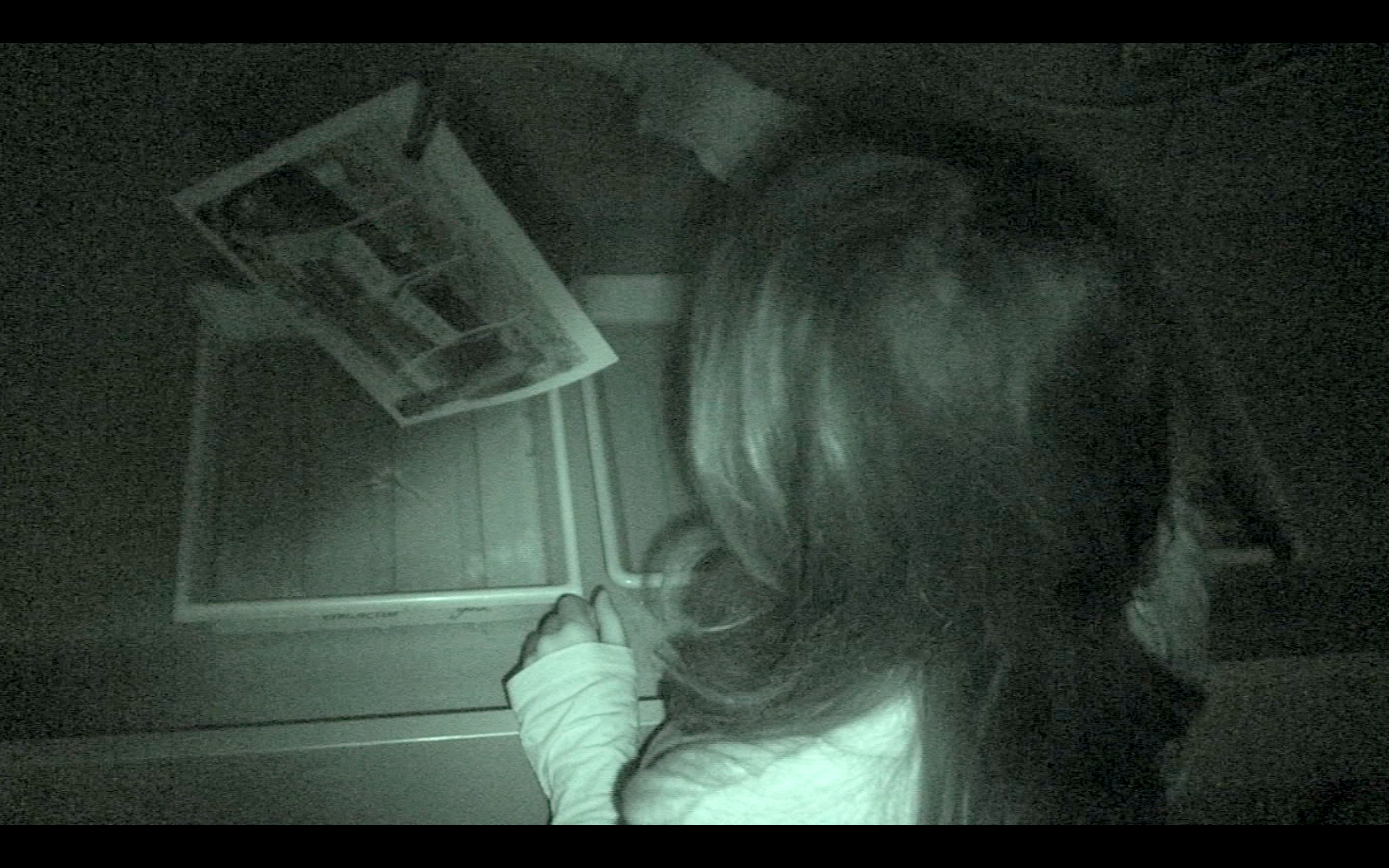
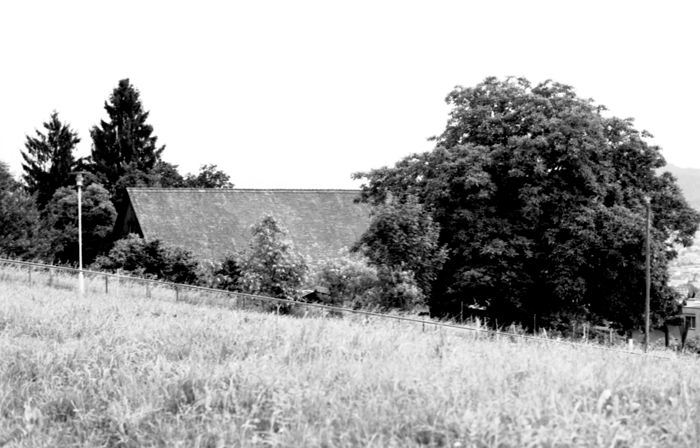
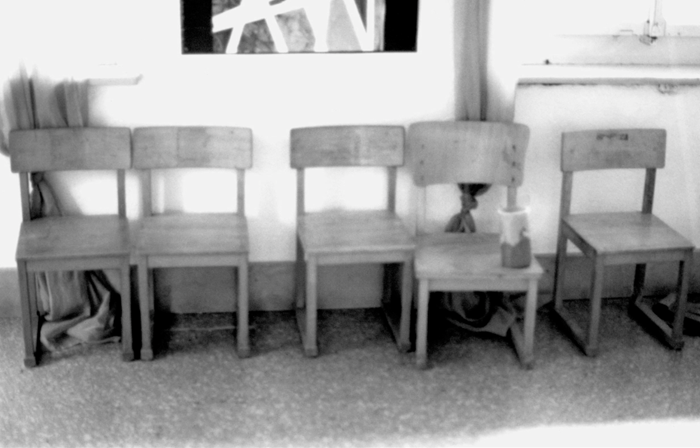
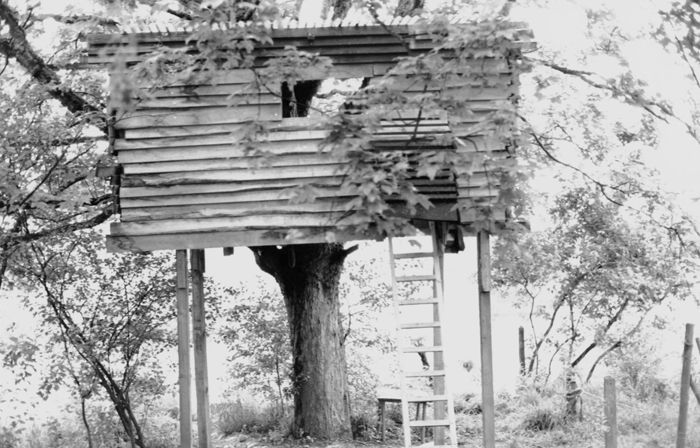
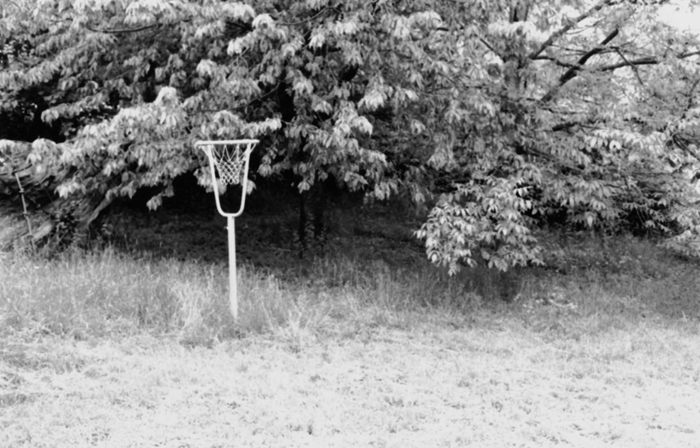
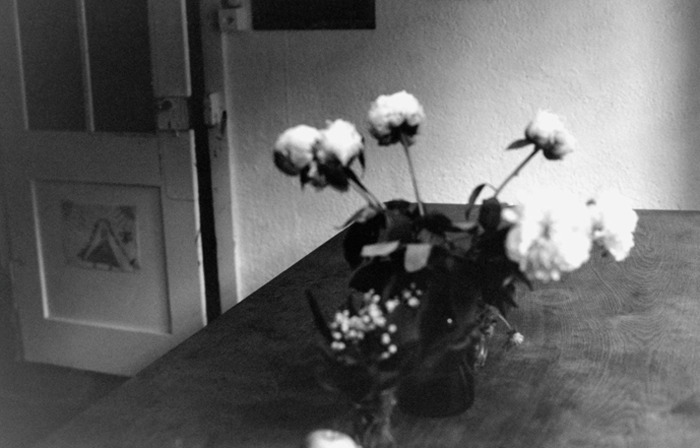
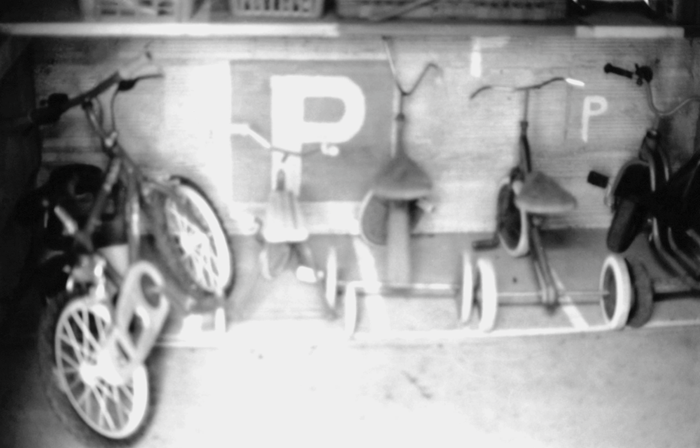
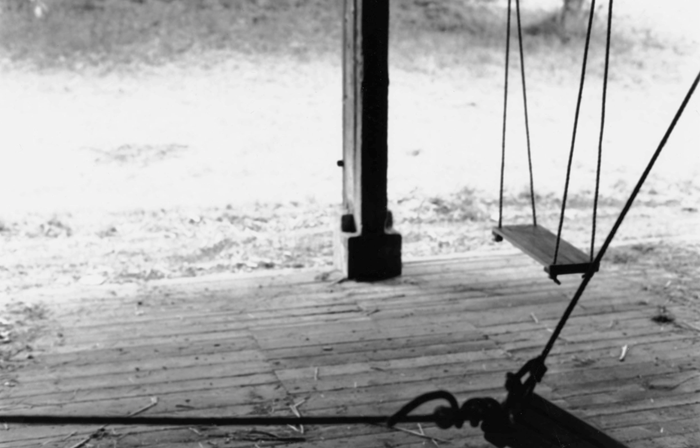
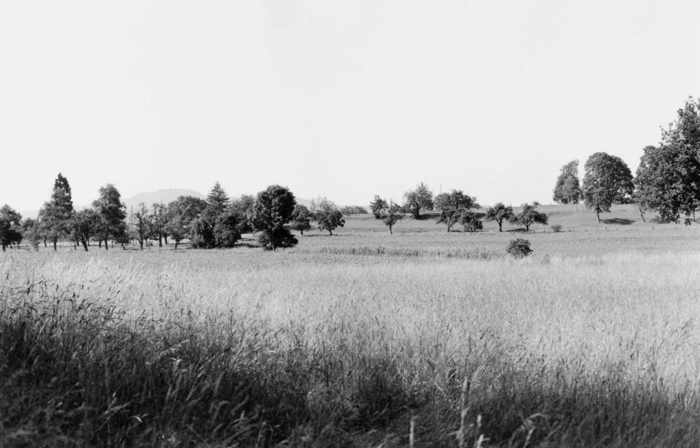

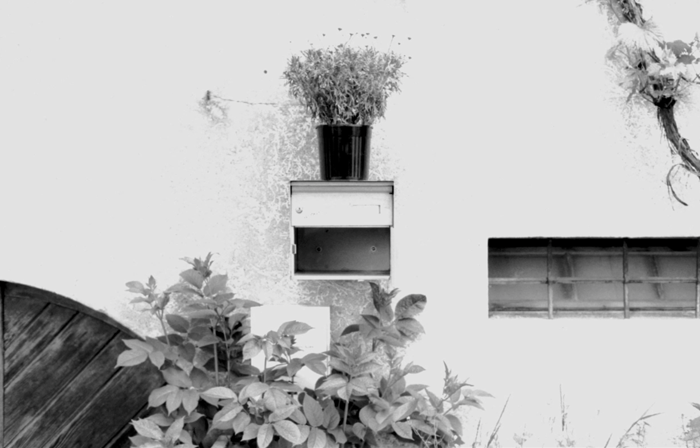
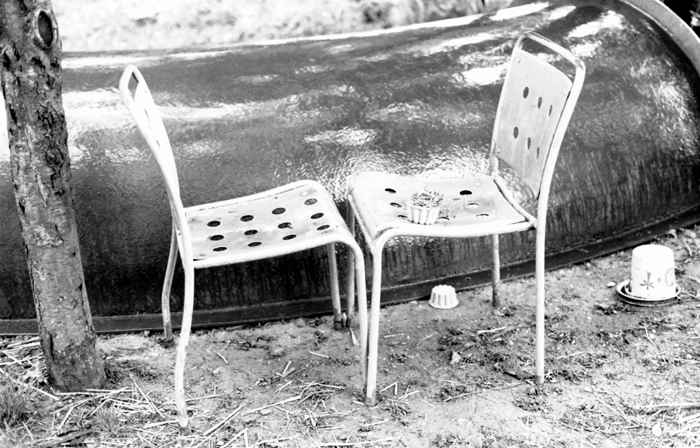
Exhibition view, Das Gruppenbild, MA Degree Show University school Zurich, Shedhalle Zürich, 2011
Videostill, Das Gruppenbild, HD 16:9, 13' 33'', voice-over
Videostill, Das Gruppenbild, HD 16:9, 13' 33'', voice-over
Videostill, Das Gruppenbild, HD 16:9, 13' 33'', voice-over
Videostill, Das Gruppenbild, HD 16:9, 13' 33'', voice-over
Videostill, Das Gruppenbild, HD 16:9, 13' 33'', voice-over
Videostill, Das Gruppenbild, HD 16:9, 13' 33'', voice-over
Videostill, Das Gruppenbild, HD 16:9, 13' 33'', voice-over
Videostill, Das Gruppenbild, HD 16:9, 13' 33'', voice-over
Videostill, Das Gruppenbild, HD 16:9, 13' 33'', voice-over
Videostill, Das Gruppenbild, HD 16:9, 13' 33'', voice-over
Videostill, Das Gruppenbild, HD 16:9, 13' 33'', voice-over
Videostill, Das Gruppenbild, HD 16:9, 13' 33'', voice-over
sequence video, Das Gruppenbild, HD 16:9, 13' 33'', voice-over
Das Gruppenbild // The Group Photo (2011)
Video projection (1 channel, b/w, voice-over, language German)
HD 16:9, time 13' 33", speaker Mirjam Smeijkal
With her video/audio installation Das Gruppenbild, Françoise Caraco gauges the moment between the narration and the non-narration of a story. By means of photos and text fragments the artist opens up new narrative spaces revolving around the topics of our society and its protagonists. A women’s voice speaks in a monologue about a group who are under investigation. How and to what extent have the members of the named group broken the law? The basis of the allegations against them is never mentioned and remains open to interpretation. After a prologue in film form, analogue black-and-white photographs appear as stills projected onto the wall. The deserted scenes show the traces of actions at a place. The result is a ‘pause of existence’ in that the pictures, as it were, stand still, evoking associations of the just-occurred and the soon-to-be that combine with what is actually being shown.
Lea Hess, 2011